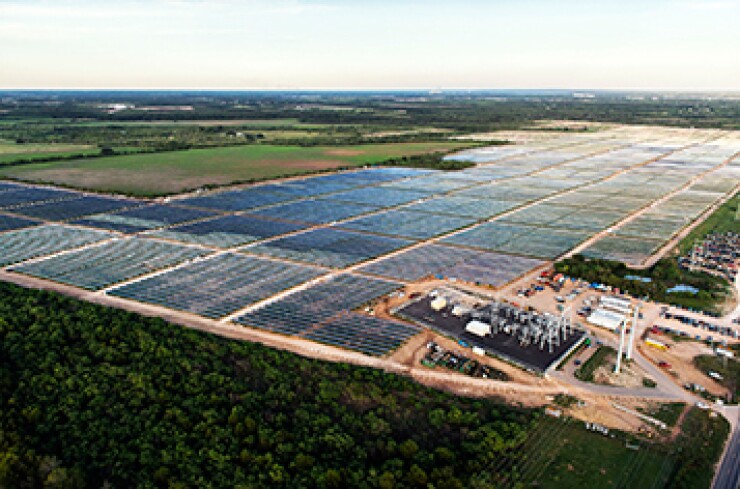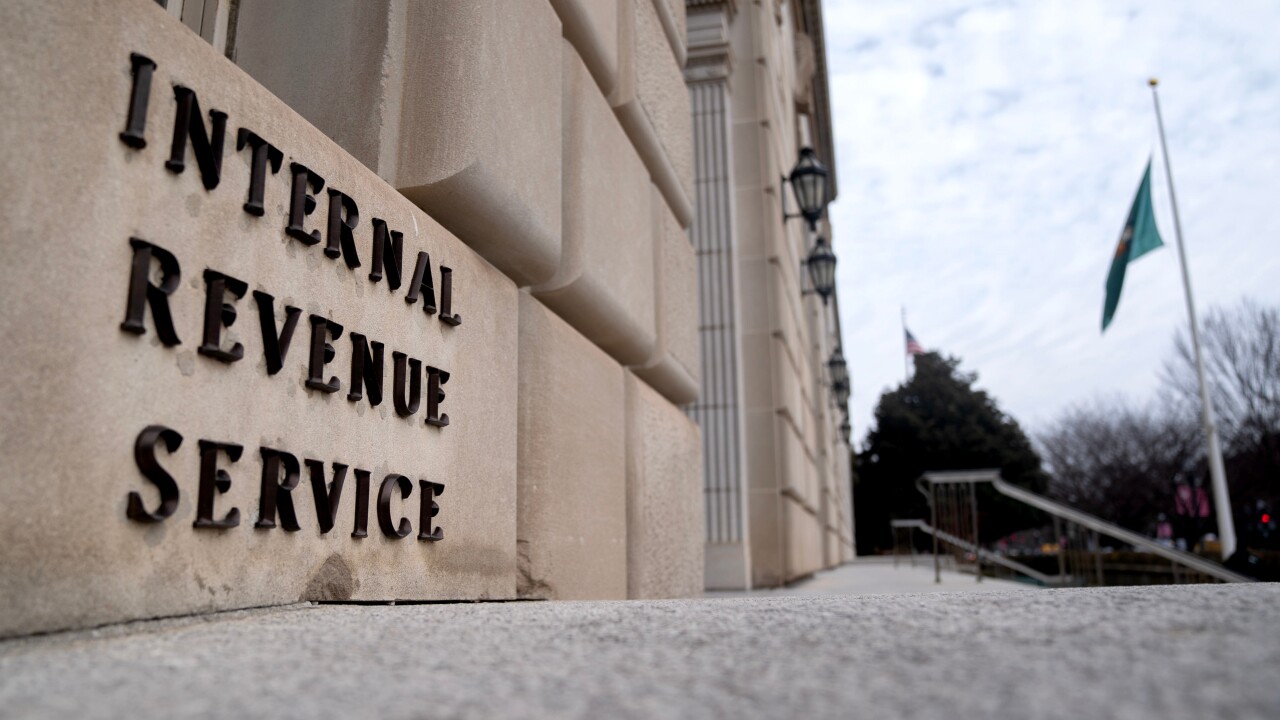The Internal Revenue Service and the Treasury Department released guidance Tuesday giving renewable energy companies more time to develop projects that were delayed by the COVID-19 pandemic.
The Treasury and the IRS offered a safe harbor last year allowing eligible renewable energy projects to be considered as satisfying the continuity requirement for claiming the production tax credit and the investment tax credit if they were put in service within a certain period that starts in the taxable year in which construction of the project started.
The Treasury and the IRS said Tuesday they recognize the COVID-19 pandemic is continuing to cause delays in the development of certain projects that are eligible for the production tax credit and the investment tax credit. As a result, many taxpayers may not be able to place projects in service in time to meet the requirements of the continuity safe harbor, and that could significantly affect project financing and development. The new guidance issued Tuesday in

Under the IRS guidance, a taxpayer has two ways to demonstrate it has started construction on a project, the Physical Work Test and the 5% Safe Harbor. After a taxpayer commences construction, they also need to make continuous progress toward completion to satisfy beginning of construction requirements. Under the Physical Work Test, a taxpayer uses the Continuous Construction Test to demonstrate continuous progress, whereas under the 5% Safe Harbor, a taxpayer uses the Continuous Efforts Test.
The guidance released Tuesday says the period of the continuity safe harbor provided and extended by earlier IRS notices has been further extended for projects for which construction started in 2016 and went through 2020. For projects for which construction started under the Physical Work Test or the 5% Safe Harbor in 2016, 2017, 2018 or 2019, the continuity safe harbor is considered to be satisfied if the project is placed in service by the end of a calendar year that’s no more than six calendar years after the calendar year during which the construction began; and for projects for which construction started under the Physical Work Test or the 5% Safe Harbor in 2020, the continuity safe harbor is deemed satisfied if the project is placed in service by the end of the calendar year that is no more than five calendar years after the calendar year during which construction began.
The notice also clarifies that if the continuity safe harbor doesn’t apply, the continuity requirement is satisfied if the taxpayer demonstrates satisfaction of either the Continuous Construction or the Continuous Efforts Tests, no matter what method the taxpayer used to start construction.





